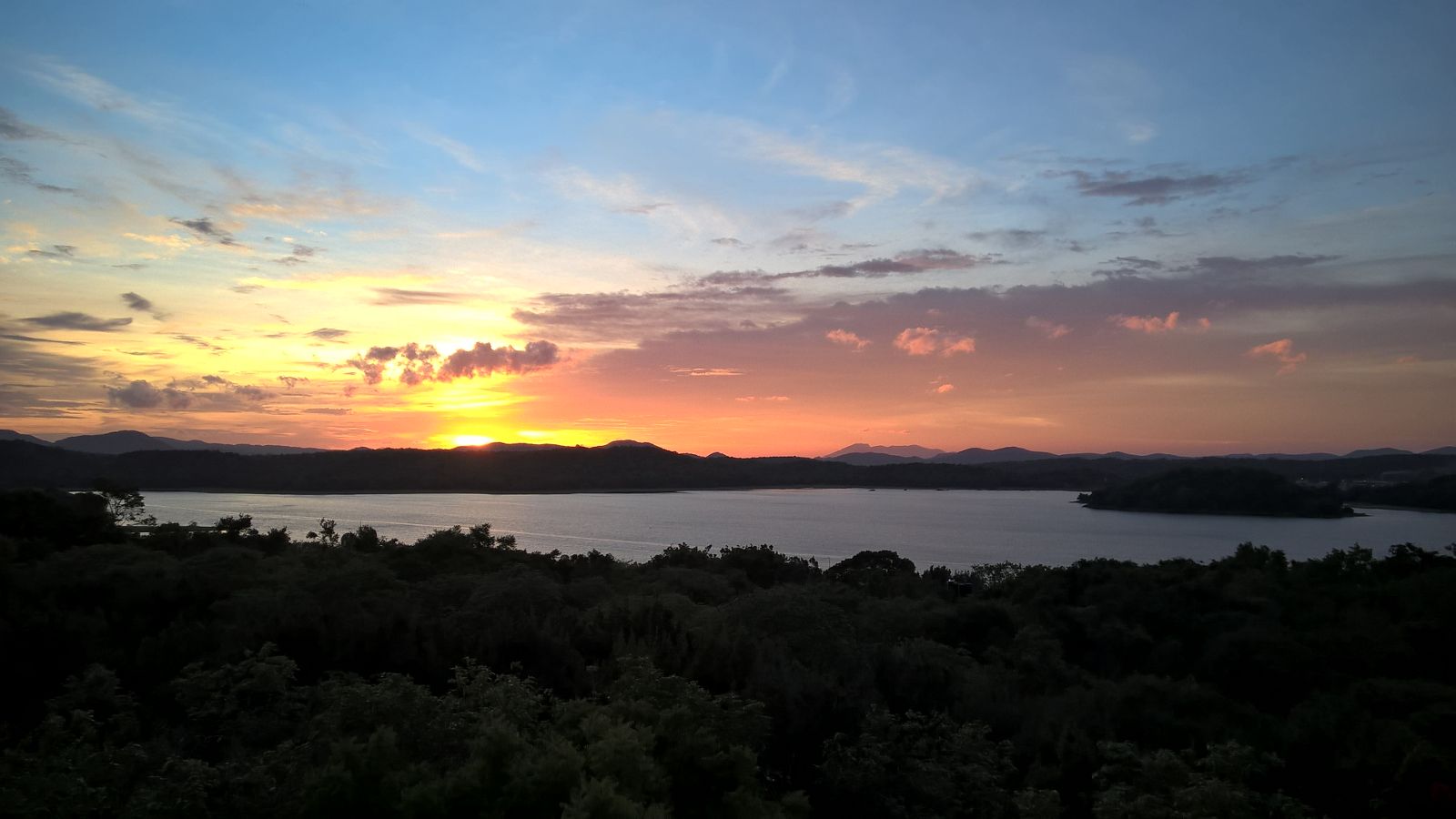Sri Lanka Weather Information
Due to the location of Sri Lanka, within the tropics between 5o 55' to 9o 51' North latitude and between 79o 42' to 81o 53' East longitude, the climate of the island could be characterized as tropical.
The central part of the southern half of the island is mountainous with heights more than 2.5 Km. The core regions of the central highlands contain many complex topographical features such as ridges, peaks, plateaus, basins, valleys and escarpments. The remainder of the island is practically flat except for several small hills that rise abruptly in the lowlands. These topographical features strongly affect the spatial patterns of winds, seasonal rainfall, temperature, relative humidity and other climatic elements, particularly during the monsoon season.
The Climate of Sri Lanka is dominated by the above mentioned topographical features of the country and the Southwest and Northeast monsoons regional scale wind regimes. The Climate experienced during 12 months period in Sri Lanka can be characterized in to 4 climate seasons as follows.
Sri Lanka Monsoon Seasons:
- First Inter-Monsoon Season: March - April
- Southwest Monsoon Season: May - September
- Second Inter-Monsoon Season: October - November
- Northeast Monsoon Season: December - February
Relative humidity in Sri Lanka typically ranges from 60% - 90% and is generally higher in the south-west and mountainous areas, although it is also effected by seasonal patterns and rainfall. While Colombo can experience daytime humidity in excess of 70% all year round (rising to approximately 90% during the monsoon season), humidity in the Cultural Triangle drops as low as 60% during the monsoon month of March, and peaks at around 80% during the November and December rains. In the highlands, Kandy's daytime humidity usually ranges between 70% and 80% throughout the year
When to go to Sri Lanka:
Climatically speaking, the driest (and best) seasons in Sri Lanka are from December to March for the west coast, the south coast and the Hill Country, and from April to September for the ancient cities region and the east coast.
December through March are also the months when most foreign tourists visit, the majority of them escaping the European winter.
During the Christmas to New Year holiday season, in particular, accommodation anywhere on the island can be tight due to the huge influx of foreign visitors.
West Coast of Sri Lanka:
Galle, Bentota, Colombo, Negombo:
With the west coast’s weather governed by the south-western monsoon, the best weather is expected between late November and April. Average temperatures throughout rarely drop much below 30 °C, but at certain times high rainfall and stormy conditions mean that your idyllic beach plans are best made elsewhere.
Rainfall is at its highest between June and September, although August is often an exception with much lower rainfall.
South Coast of Sri Lanka:
Galle, Weligima, Mirissa, Tangalle, Yala:
The beaches in the south western corner, close to Galle, experience similar weather patterns to the west coast, with the best weather expected between late November and April. Further east, beyond Yala NP, the weather can also be influenced by the north-eastern monsoon, with its higher rainfall from October to January, and dryer weather from May to September. As with much of Sri Lanka, September & October can also see heavier rain, although by November blue skies are expected once again, with good weather expected through till May.
East Coast of Sri Lanka:
Passikudah, Trincomalee, Arugam Bay, Batticaloa:
Sri Lanka’s east coast comes into its own while the rest of the island is experiencing monsoonal rains. Influenced by the north-eastern monsoon, the best weather is from April to September, with the monsoon running from October until January.
